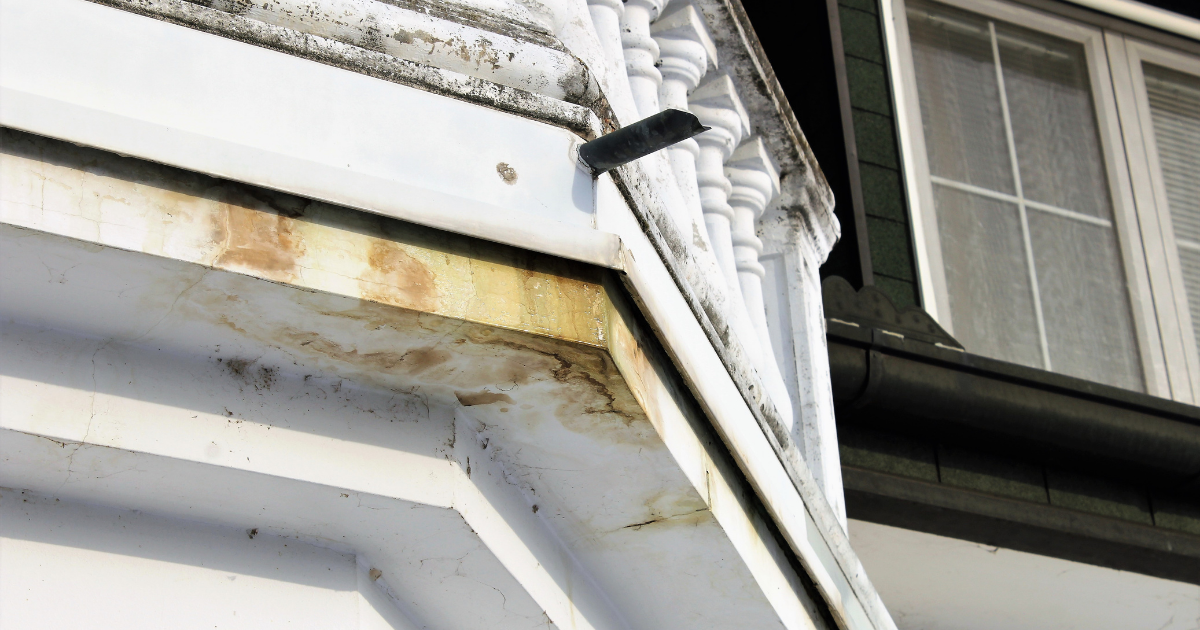
How to Bundle Home and Auto Insurance
U.S. News 360 Reviews takes an unbiased approach to our recommendations. When you use our links to buy products, we may earn a commission but that in no way affects our editorial independence.
By Jim Travers | July 12, 2021, at 12:00 p.m. | US News.com | Bundle Home and Auto Insurance
Insurance bundling simply means buying your home insurance and auto or other coverage from the same company. Bundling insurance policies can have some advantages; most notably, potential savings on your overall insurance costs. It can also simplify your bill paying and record keeping. But bundling doesn’t guarantee savings, and it may not be the right choice for you. We’ll explain why below, along with how bundling works, the advantages and disadvantages, and the potential pitfalls.
What Is Insurance Bundling?
Purchasing more than one insurance policy from the same company is a common practice known as bundling. It can sometimes save customers money compared to buying homeowners and auto or other insurance policies through different companies. More formally known as a multipolicy discount or multiple line discount, insurance companies encourage bundling as a means of saving money on your overall bill. Most insurers advertise savings of between 10% and 25% when bundling two or more policies, compared to what they would charge for each policy individually.
Insurance companies like bundling as a way to generate additional revenue from the same customer. Research has also indicated that customers who bundle policies tend to stay with the same company longer.
If you’re buying your first home, bundling is especially worth considering. It’s also an excellent time to review all your insurance needs and get competitive quotes from several companies, especially if you haven’t reviewed your auto policy or other coverage in a year or more. As your situation changes over time, it’s important to make sure your insurance keeps up.
A good place to start is by seeing if you can get a better rate with your existing insurance company by adding a homeowners policy – just make sure you get competitive quotes from other providers first. You might end up switching to another company with lower overall rates, or you may be able to use a lower quote as a negotiating tool with your current insurance company.
While you’re getting quotes, think about all your insurance needs and consider any changes or updates you want to make to all your policies. The more types of insurance you bundle, the more money you may be able to save. It’s possible that not all insurers will offer all the coverage you need, so focus your search on companies that do.
Bundling insurance has other advantages, like allowing you to track and update your policies through one company website or app. It can also simplify paying your bills.
Finding a company that will give you the best discount will probably require some research, and rates will vary depending on the types of coverage you need, your location, your credit status, your claim history, and other factors. It’s worth doing your own research online, because everyone’s situation is different. Just because a friend or relative gets a good rate with one company doesn’t mean that you will.
Does Bundling Insurance Save Money?
There’s a good chance you will save money by bundling your home insurance with another policy such as your automobile, boat, RV, or life insurance. Your specific savings will vary, depending on where you live, how many policies you bundle, your credit rating, your claim history, and other factors.
Click here for more on Bundle Home and Auto Insurance..



























































